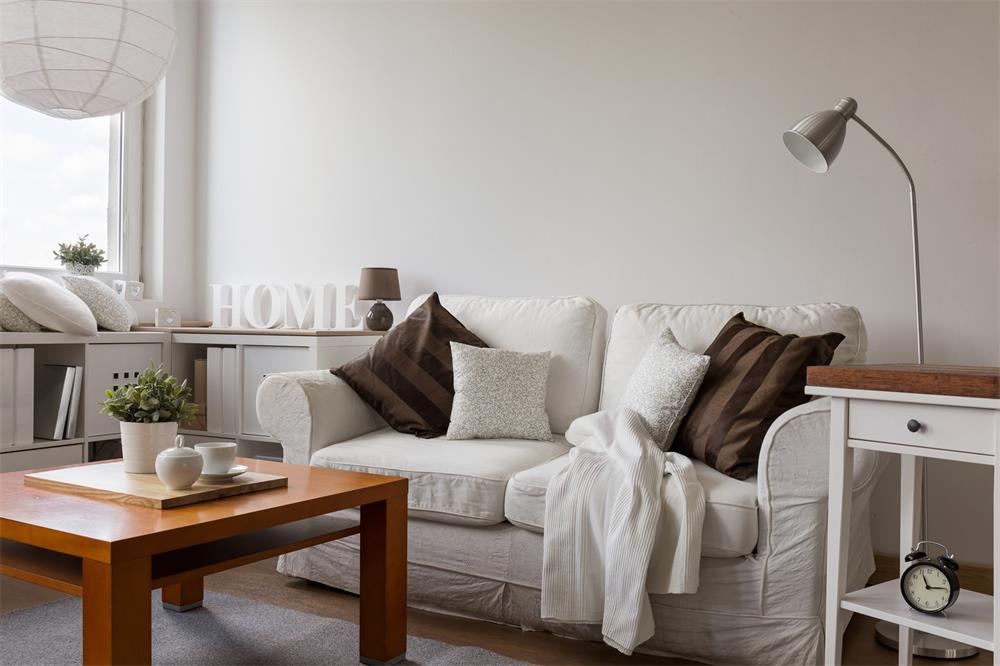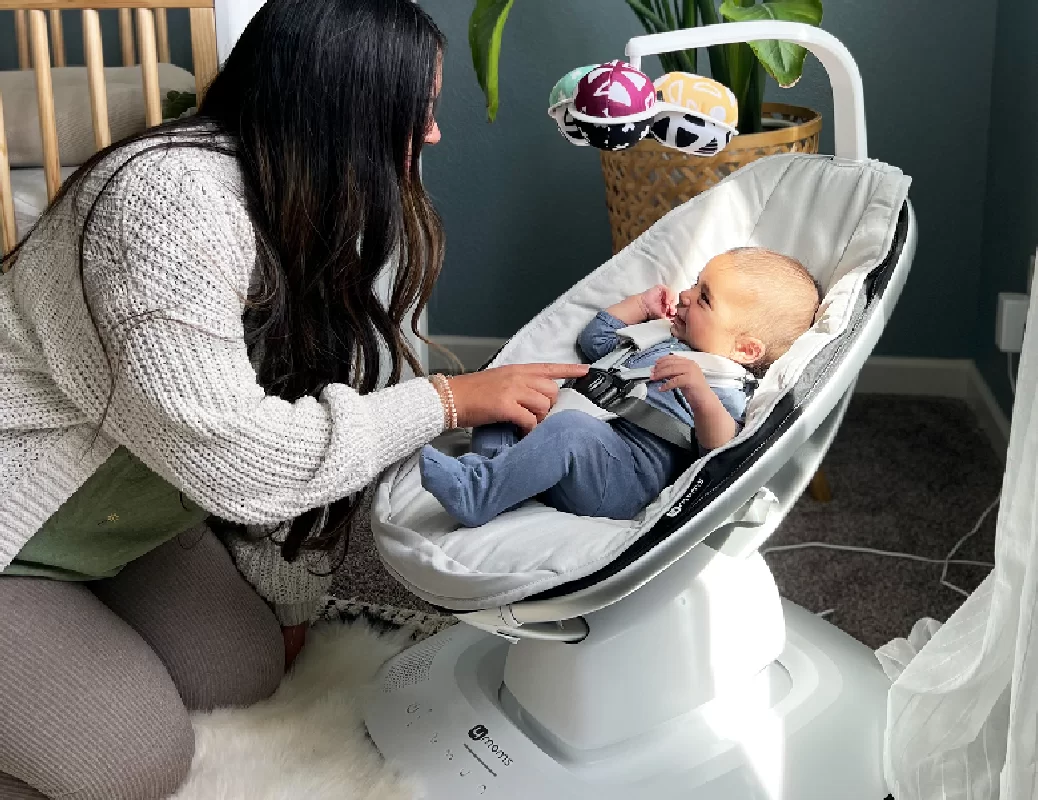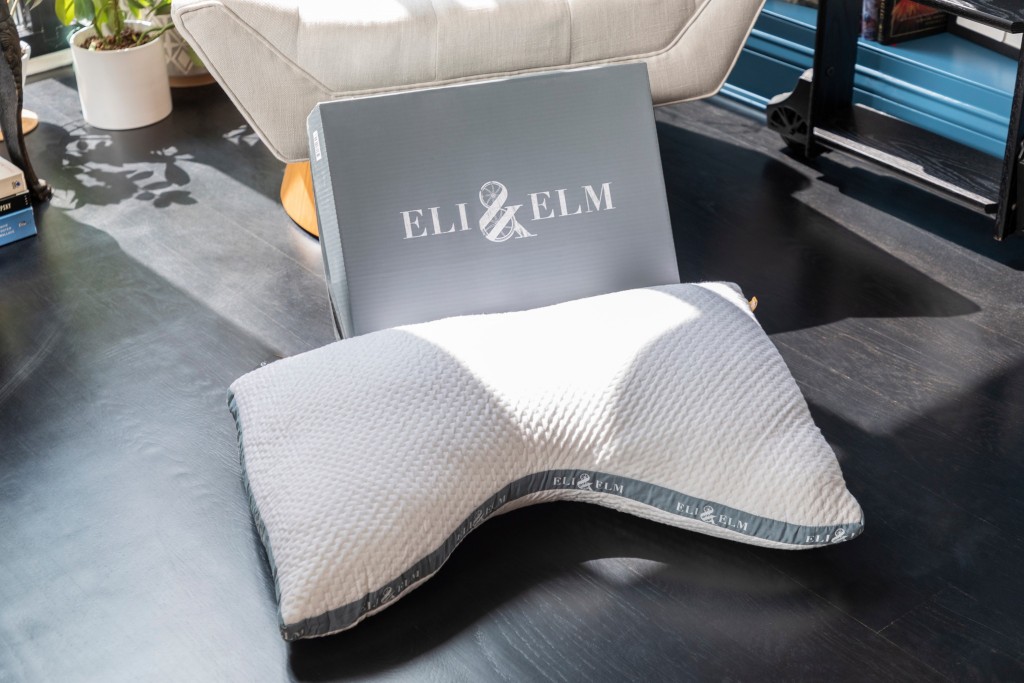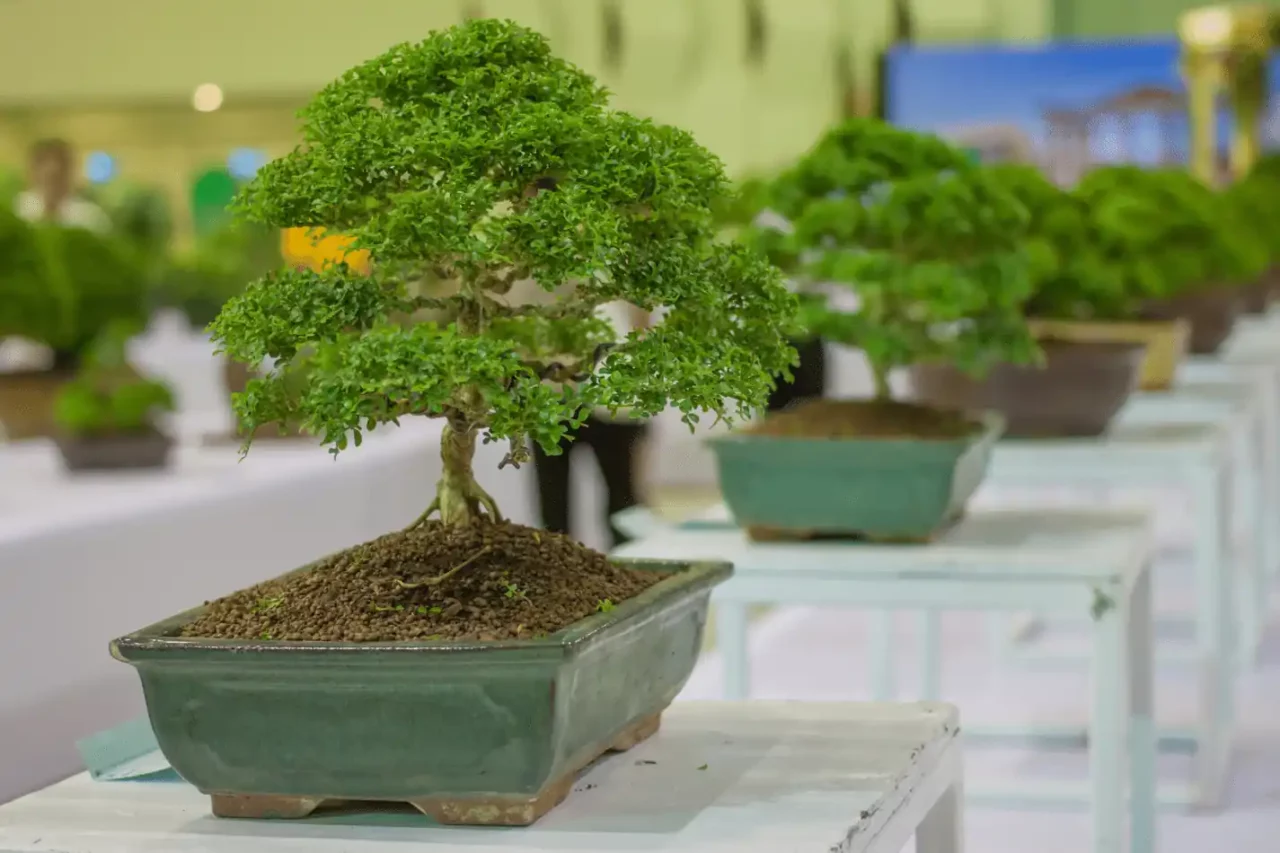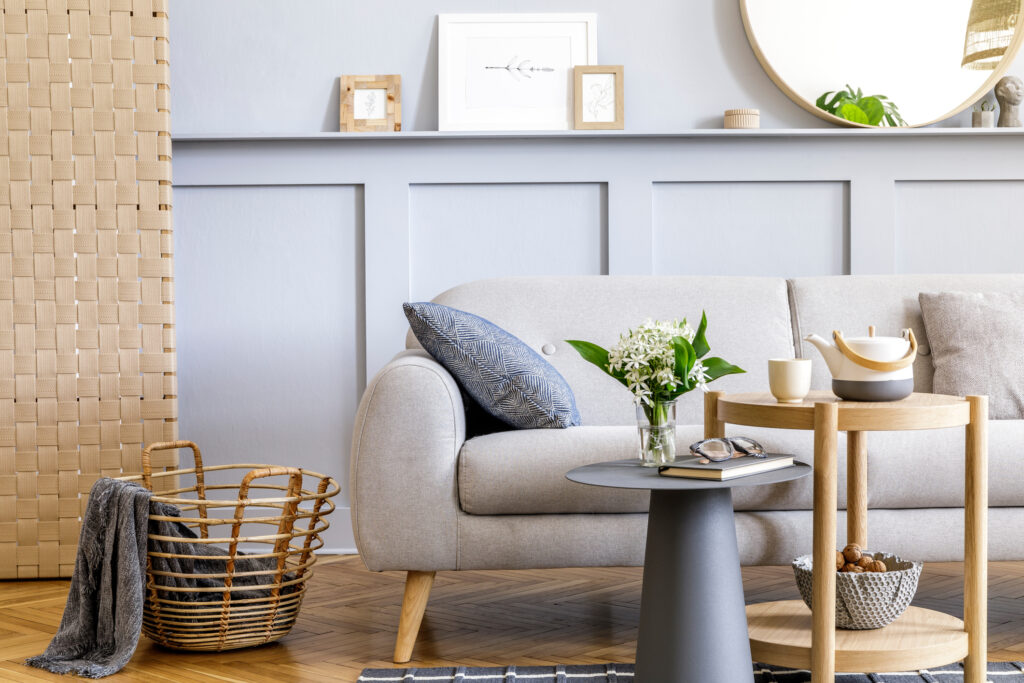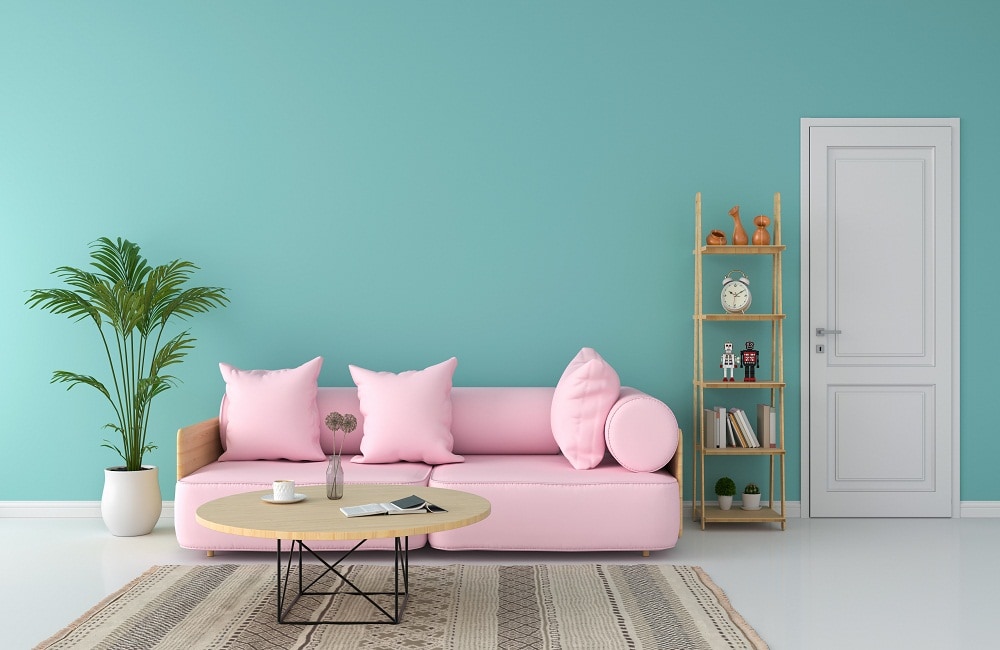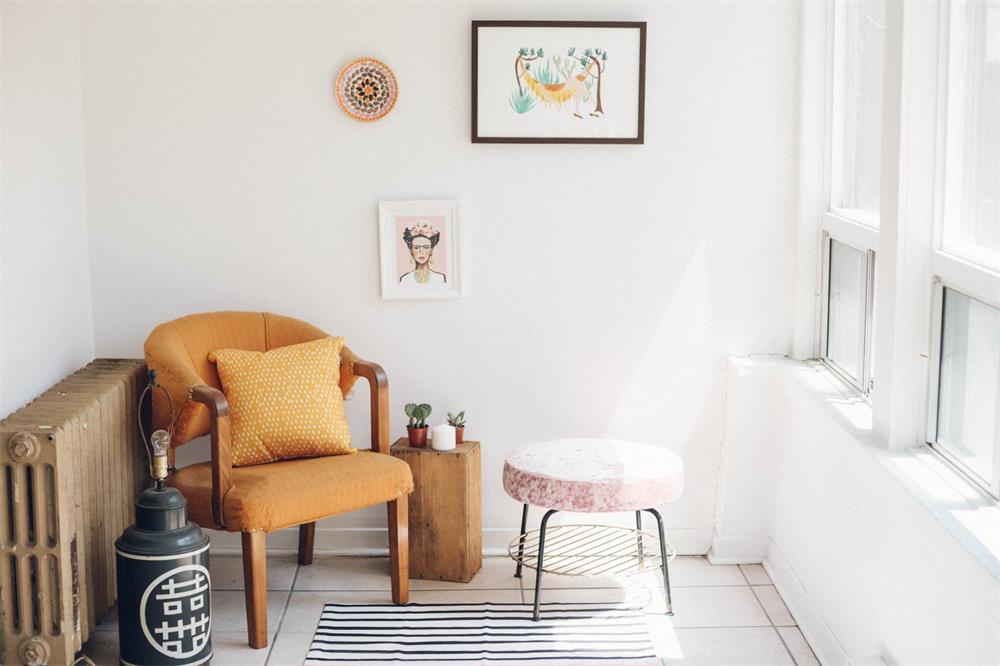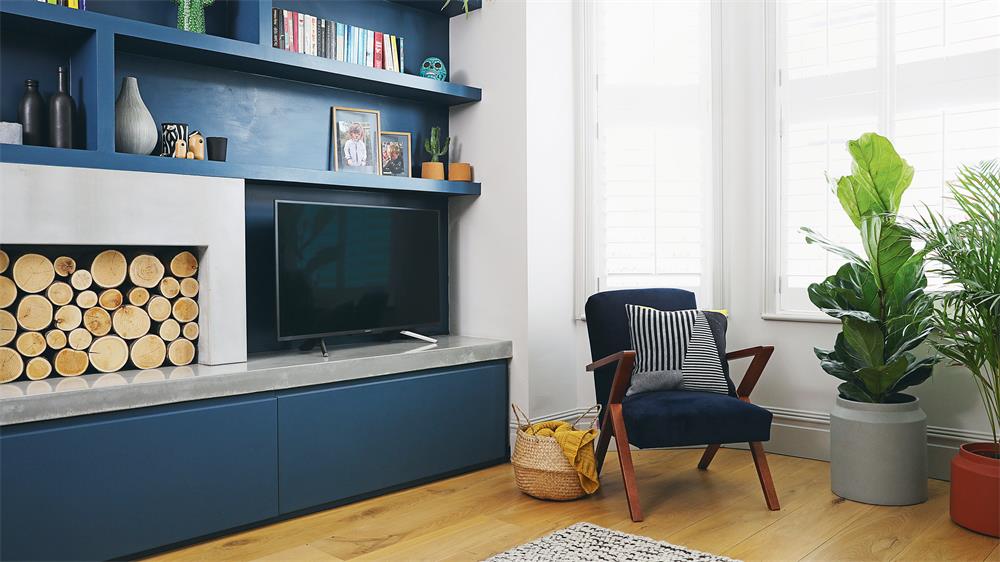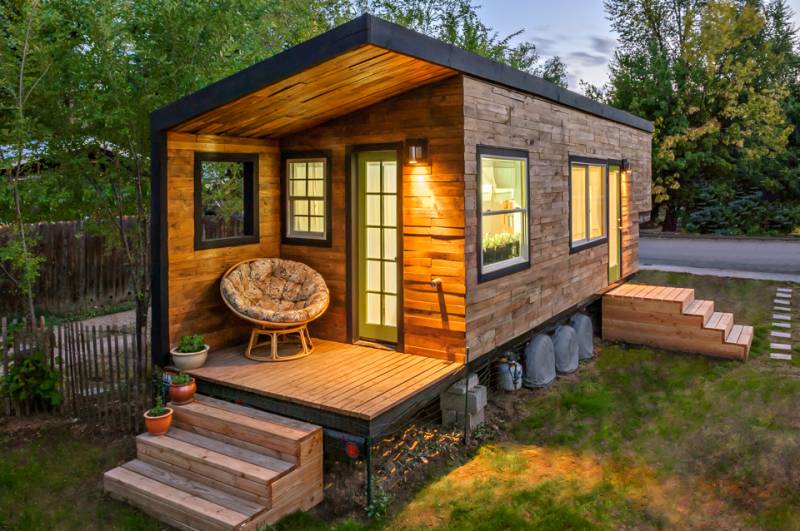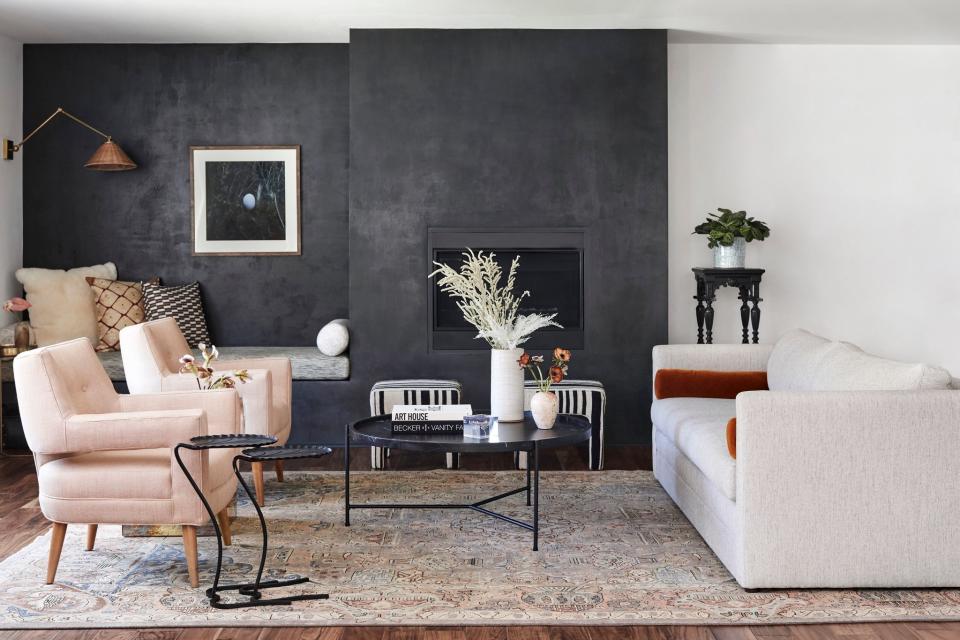If you want to create a beautiful and functional space that reflects your personality and lifestyle, you don’t need to hire a professional interior designer. You can design a room yourself by following some simple steps and using your own creativity. Here are 12 easy steps to help you design a room from start to finish.
Contents
1. Set the Mood
Before you think about how your room will look, think about how you want it to feel. The mood of your room will influence your choices of colors, textures, furniture, and accessories. For example, if you want a relaxing and peaceful space, you might opt for neutral colors and natural materials. If you want a lively and fun space, you might choose bright colors and patterns.
2. Get Inspired
Look for inspiration from different sources, such as social media, magazines, books, and websites. You can also get inspired by the places you love to visit or the things you love to do. If you like making mood boards, go ahead and create one. If you share your space with others, make sure to involve them in the process and find a common ground.
3. Get Real
Design your room for the way you live now, not for some idealized version of yourself. Consider your needs, preferences, budget, and lifestyle when making design decisions. For instance, if you have kids or pets, choose durable and easy-to-clean fabrics and surfaces. If you don’t entertain often, don’t waste space on a large dining table. If you work from home, dedicate a room or a corner for your home office.
4. Declutter
If you are redesigning an existing room, start by getting rid of anything that you don’t use, need, or love. If you are designing a new room, be mindful of what you bring in. Keep only the essentials and the things that matter to you. A clutter-free space will make your design stand out more.
5. Map It Out
Plan your layout by sketching it on paper or using an online tool or app. You can also use painter’s tape to mark out the furniture placement on the floor. Measure your space and your furniture carefully to make sure everything fits and flows well. Don’t forget to include doors, windows, closets, and other features in your plan.
6. Choose a Color Scheme
Pick a color scheme that suits your mood and style. You can use a color wheel or an online tool to find complementary or analogous colors that work well together. You can also use an inspiration piece, such as a rug, a painting, or a pillow, to guide your color choices. Generally, it’s best to stick to three main colors: one dominant color for the walls or large furniture pieces, one secondary color for smaller furniture pieces or accents, and one accent color for pops of interest.
7. Select Furniture
Choose furniture that is comfortable, functional, and fits your space and style. You can mix and match different styles as long as they have something in common, such as color, shape, material,
or era. You can also repurpose or update existing furniture with paint, upholstery, or accessories.
8. Add Lighting
Lighting is an important element of design that can affect the mood and functionality of your room. Use different types of lighting for different purposes: ambient lighting for general illumination, task lighting for specific activities such as reading or working, and accent lighting for highlighting features or creating drama. You can also use natural light by choosing window treatments that let in enough light but also provide privacy.
9. Choose Flooring
Flooring can make a big difference in the look and feel of your room. Choose flooring that is durable, easy to maintain, and matches your style and color scheme. You can also use rugs to add warmth, texture, and pattern to your floor. Rugs can also help define different zones in your room, such as a seating area or a dining area.
10. Add Accessories
Accessories are the finishing touches that make your room unique and personal. You can use accessories such as pillows, throws, artwork, mirrors, plants, books, candles, and vases to add color, texture, pattern, and character to your room. You can also display items that have sentimental value or tell a story about you. Don’t overdo it though; too many accessories can make your room look cluttered and chaotic.
11. Style Your Space
Once you have all the main elements in place, you can style your space by arranging them in an aesthetically pleasing way. You can use some basic principles of design, such as balance, contrast, harmony, and proportion, to guide you. You can also use some tips and tricks, such as grouping items in odd numbers, varying heights and shapes, creating focal points, and leaving some negative space.
12. Enjoy Your Space
The last step is to enjoy your space and make it yours. Don’t be afraid to experiment with different arrangements, colors, or accessories until you find what works best for you. Remember that design is not a fixed thing; it can evolve over time as your needs and tastes change. The most important thing is that your space makes you happy and comfortable.
Designing a room can be a fun and rewarding experience if you follow some simple steps and use your own creativity. You can create a space that reflects your personality and lifestyle by setting the mood, getting inspired, getting real, decluttering, mapping it out, choosing a color scheme, selecting furniture, adding lighting, choosing flooring, adding accessories, styling your space, and enjoying your space. Remember that there are no rules when it comes to design; only guidelines and suggestions. The most important thing is that you love your space and feel comfortable in it.

